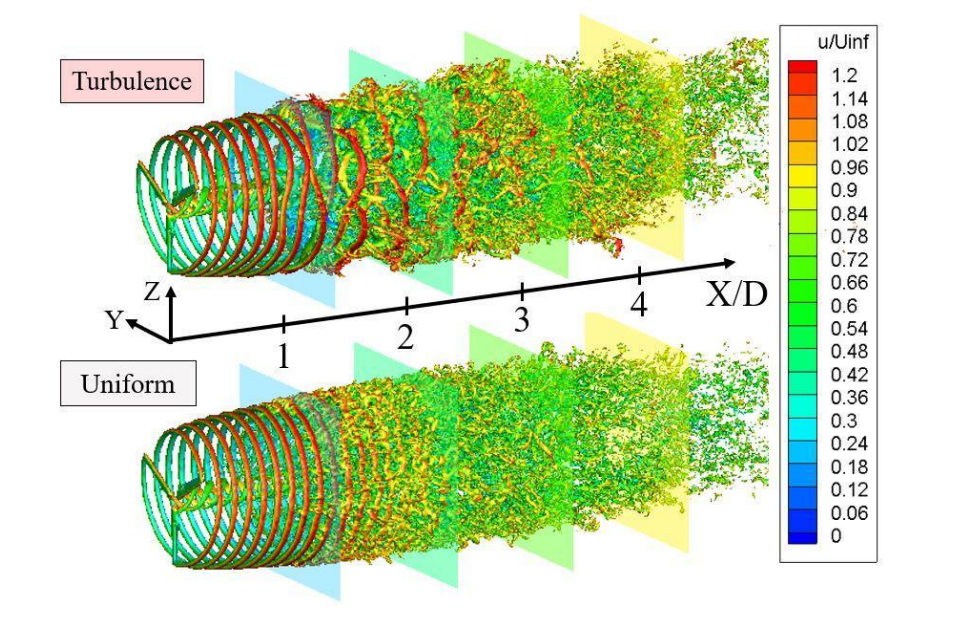Introduction
As the world turns its attention towards sustainable solutions, the synergy between renewable energy and cutting-edge technology becomes increasingly evident. Computational Fluid Dynamics (CFD) simulation stands at the forefront of this revolution, offering a powerful tool for optimizing the efficiency and performance of renewable energy systems. In this article, we’ll explore the dynamic relationship between renewable energy and CFD simulation, uncovering how this innovative approach is shaping the future of clean energy.
The Rise of Renewable Energy
As concerns about climate change escalate, there’s a growing global shift towards renewable energy sources such as solar, wind, and hydropower. These sources hold immense potential, providing cleaner and more sustainable alternatives to traditional fossil fuels.
Challenges in Renewable Energy Systems:
Despite the benefits, renewable energy systems face challenges related to efficiency, variability, and integration into existing power grids. CFD simulation emerges as a key player in overcoming these challenges by offering a comprehensive understanding of fluid dynamics and heat transfer within renewable energy infrastructures.
CFD Simulation in Wind Energy
Turbine Design Optimization:
CFD simulations allow engineers to analyze the airflow around wind turbine blades, optimizing their design for maximum energy capture. This ensures efficient energy conversion and higher overall performance.
Wind Farm Layout Planning:
Simulations help in determining the ideal layout for wind farms, minimizing interference between turbines and maximizing energy yield.

Isosurface of vorticity (upper : turbulence condition lower : uniform condition)
CFD Simulation in Solar Energy
Solar Panel Efficiency Enhancement:
By simulating heat distribution and airflow around solar panels, CFD helps design systems that dissipate heat effectively, improving overall efficiency.
Solar Collector Design:
CFD aids in the design of solar collectors, optimizing fluid flow for better heat transfer and energy conversion.
CFD Simulation in Hydropower
Turbine Efficiency Improvement:
CFD analyses the water flow patterns in hydropower turbines, leading to the development of more efficient designs that harness energy from flowing water.
Reservoir Optimization:
Simulations help in understanding the impact of reservoir design on energy production, allowing for the strategic placement of turbines for optimal performance
Benefits of Integrating CFD Simulation with Renewable Energy
Enhanced Performance:
CFD simulations enable fine-tuning of renewable energy systems, maximizing their performance and energy output.
Cost Reduction:
By identifying and addressing potential issues in the design phase, CFD helps minimize the need for costly modifications and repairs in operational systems.
Quick Prototyping:
Simulations facilitate rapid prototyping, allowing engineers to test multiple design iterations efficiently.
The Future Landscape
As the demand for clean energy solutions continues to rise, the integration of CFD simulation with renewable energy systems is expected to become more sophisticated. Advancements in machine learning and artificial intelligence will likely play a pivotal role in enhancing the predictive capabilities of simulations, contributing to a more sustainable and eco-friendly future.
Conclusion
The marriage of renewable energy and CFD simulation is a testament to human innovation in the face of environmental challenges. By leveraging the power of simulation technology, we are not only optimizing the efficiency of clean energy systems today but also paving the way for a greener and more sustainable tomorrow. Join us on this exciting journey towards a future where renewable energy and CFD simulation work hand in hand to power a cleaner, brighter world.
